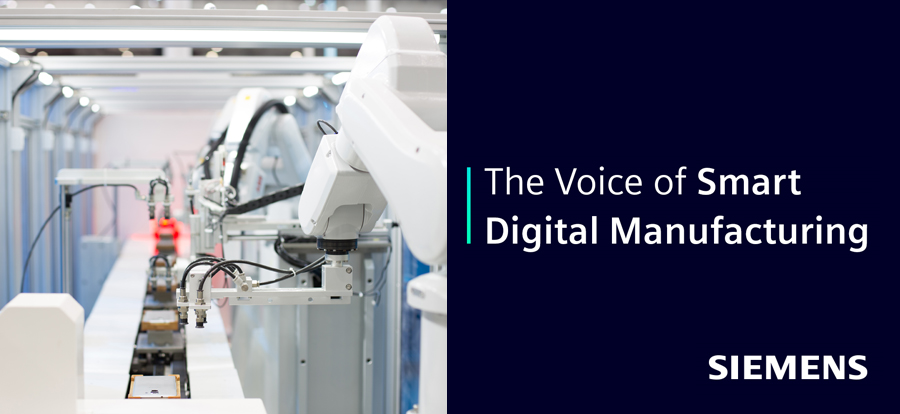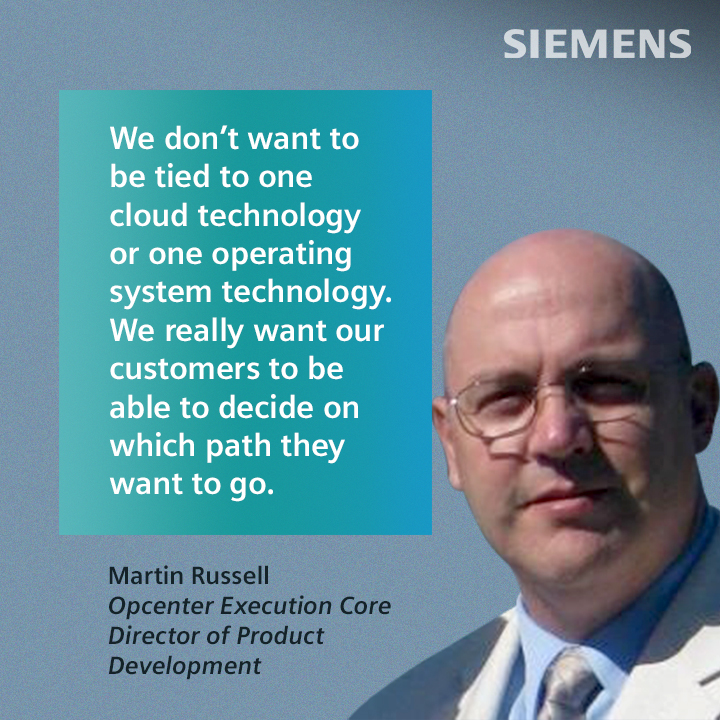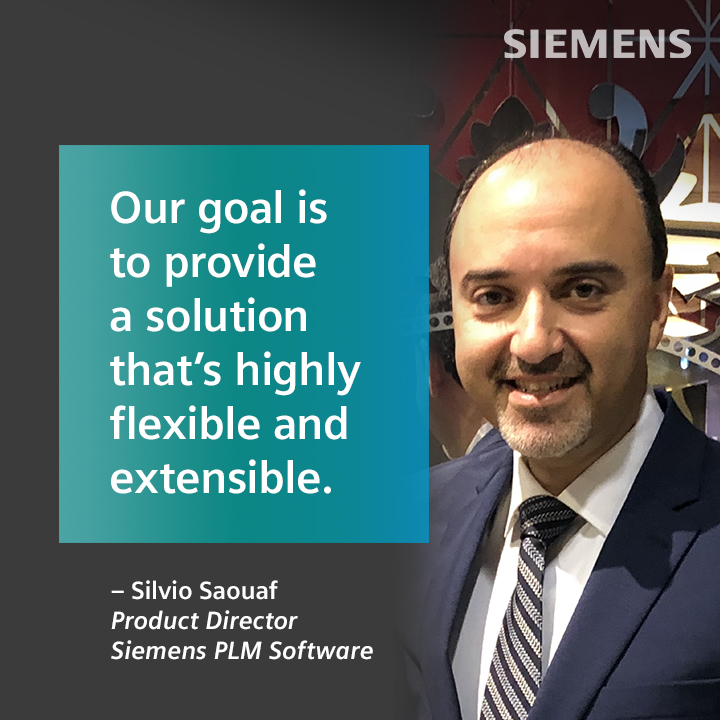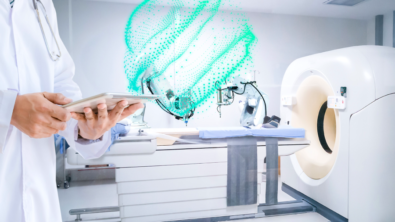Integrate technical innovations from Opcenter Execution Core for better manufacturing

Siemens Digital Industry Software launched “The Voice of Smart Digital Manufacturing”, a 10-part podcast series dedicated to the industry of tomorrow and the impact that smart digital manufacturing is having and what to expect from it in the future. We interviewed experts from different industries – from Medical and Industrial Machinery to Electronics – to share their experiences with digitalization and how it helped overcome their challenges. This series will shine a light on the road ahead for industries that are willing to embrace change brought on by digital transformation.
In the first episode of the podcast series, we talked with Dr. Raffaello Lepratti about smart digital manufacturing and how Siemens enables industry manufacturers to become leaders. If you missed the episode, check it out here.
In the second episode, we shifted our focus and talked with Dr. James Thompson about leveraging digital infrastructure to accelerate growth in the medical device and diagnostic industry. Listen to the episode here.
Now, let’s discuss how digital infrastructure and technological innovations are the keys to advancing the medical device industries.
Meet the experts
Before diving into the episode, let’s meet the experts on the podcast – Martin Russell and Silvio Saouaf.
Martin Russell is the Opcenter Execution Core Director of Product Development at Siemens Digital Industries Software. Russell has a background in manufacturing software development for over 20 years and has served in various product design and development roles.
Connect with Martin Russell on LinkedIn.
Silvio Saouaf is the Product Director for Siemens PLM Software for the past 15 years. Saouaf started as a consultant – building solutions for manufacturers – and then moved into a technical pre-sale role as a Quality Assurance Manager.
Connect with Silvio Saouaf on LinkedIn.
Challenges in the manufacturing space
The manufacturing space is as challenging as it has ever been. Products are becoming more complex, and companies are feeling the pressure to innovate quickly and deliver products to market faster. With increasing complexity comes increased regulations, especially in an industry such as medical devices. These regulations pile on additional burdens on top of existing challenges manufacturers face today, such as a global pandemic.
COVID-19 certainly impacted people’s health and safety and, unfortunately, continues to do so today. The pandemic also challenged the agility of medical device manufacturers. Many manufacturers had to quickly change gears to produce products that they never had before, such as ventilators and at-home tests. While pivoting in this time of need was important, it added a lot of stress on manufacturers and emphasized the importance of having a strong manufacturing execution system.
Solutions for overcoming manufacturing challenges
To overcome today’s manufacturing challenges, organizations need a system that will allow them to react at any time quickly and easily for any reason. They need a system that will support the volume of data and application performance needed to have true granular control over their manufacturing process.

Siemens is introducing new architectural innovations to improve the deployability, supportability and maintainability of the Opcenter Execution Core product family. We are also delivering application performance improvements to support the growing demand of needing more traceability and increased data volumes. In addition, we will be delivering a new, high-performance transaction engine. The ultimate goal is to provide a solution that is flexible and extensible.
To learn more about what the high-performance engine is and how it can help your organization, listen to the podcast.

Another major shift in the application architecture that will allow organizations to adopt a containerized model is to take the traditional monolithic system and put it into a more flexible architecture within containers. These containers will allow Opcenter Execution Core to provide a more elastic model that is easily scalable, both on-premises and in the cloud. Tasks that involve deployment, monitoring and upgrading can be done in less time.
Learn more about this major shift – check out the episode now.


